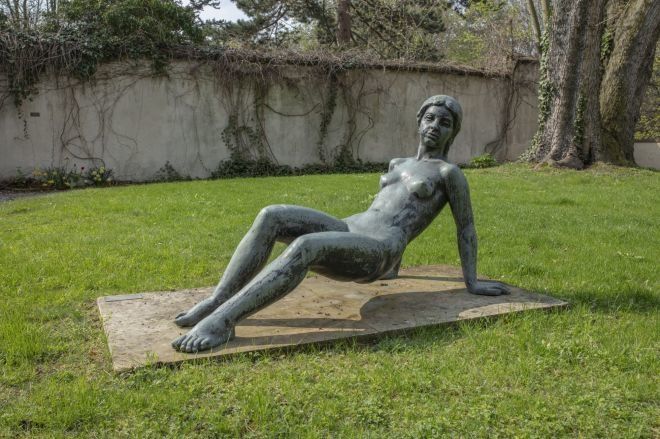Rubens and the Use of Head Studies
6. 9. 2018
Přednášky a diskuze

6. 9. od 16.30
Nico Van Hout
Rubens and the Use of Head Studies
The use of drawn and painted head studies – ‘picturesque’ weathered faces with curly long hair and impressive beards – can can be traced back to the later Middle Ages and is strongly linked with history painting. Different from portraits, these prototypes, ‘Tronies’ as they are called in Dutch, disregard the identity of a sitter. The initiative to have a portrait made usually comes from the sitter, whereas the initiative to make a tronie stems from the artist. Such works made part of the workshop procedures and initially weren’t considered as an autonomous artistic category. Together with the emerging printing techniques, engravings of models came on the market and so did printed drawing books that could be used by students and dillettanti to practice. This lecture will focus on the head studies of Peter Paul Rubens that have played a key role in his large scale compositions. New light will be shed on the afterlife of the tronies.
Dr. Nico Van Hout is exhibition maker, curator of seventeenth century paintings and head of research at the Royal Museum of Fine Arts Antwerp (Belgium). He graduated in art history at Ghent university (1989) and in conservation of paintings at the Royal Academy in Antwerp (1991). He made a PhD at Leuven university on Functions of dead colouring with a particular study of the underpainting stage in the work of Peter Paul Rubens (2005). Researcher at the Getty Rubens Research program in the Royal Museum. His field of study includes Flemish 17th century painting; the painting technique of P. P. Rubens, Anthony Van Dyck and their orbit; Rubens prints, Rubens and his legacy, artistic creative processes; the unfinished in art. Author of Corpus Rubenianum Ludwig Burchard Part. XX (1): Study Heads (in preparation).
Přednáška se bude konat v anglickém jazyce.
Vstup zdarma
Místo: přednáškový sál ve Šternberském paláci









